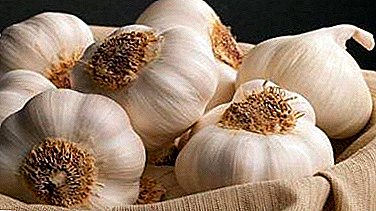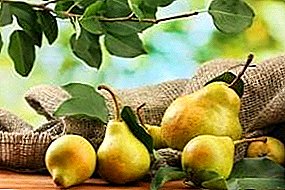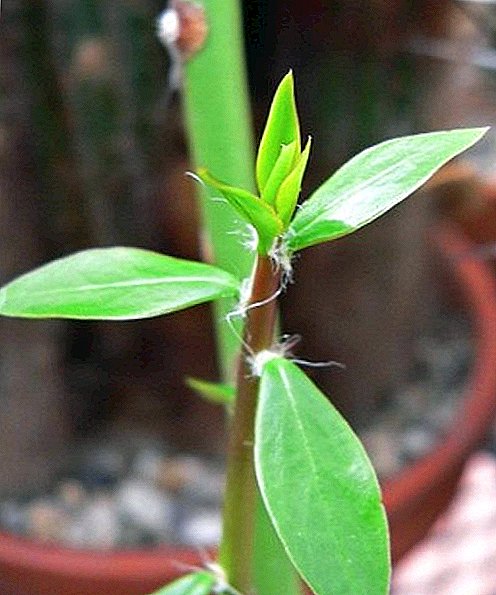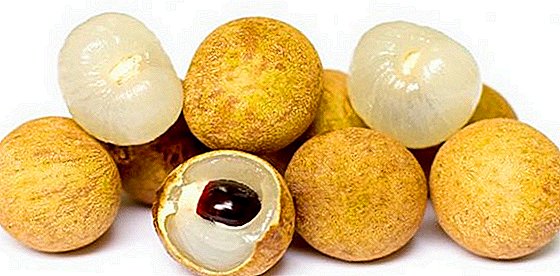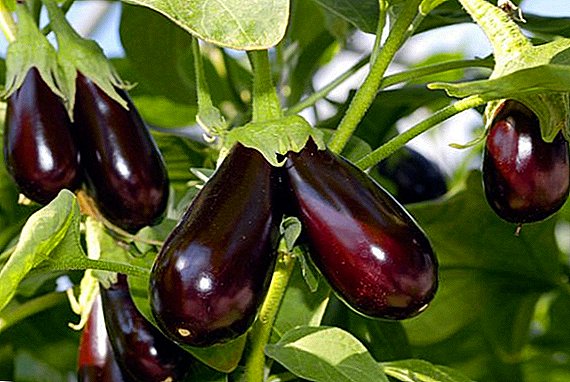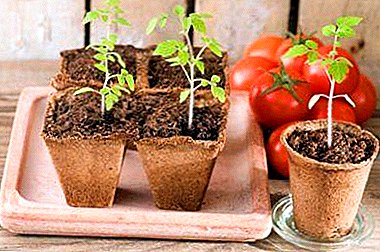
Sometimes it happens that the orchid receives the necessary care, but its leaves start to wither and fall off. It is possible that the plant has a violation of the biochemical process. This happens for various reasons: too abundant watering or, on the contrary, lack of moisture, overheating of plants, diseases of the root system, etc. In the event that it is noticed that the orchid leaves wither, it is necessary to take urgent measures, otherwise the flower may die. What to do when such a nuisance occurred - read on.
What is it and how does it look?
When the orchid leaves wilt, they become lethargic and drooping. First, the lower leaves of the flower become soft. This happens if the ground part does not have enough power. First, the lower leaves suffer, but gradually the process of wilting spreads throughout the plant.
A photo
In the photo below you can see the limp and yellow leaves of the orchid:





Plant hazard
Depending on the cause of leaf wilting, this process is fraught with various negative consequences for the plant. Most often, if no action is taken to restore the flower system, it will finally fade and have to be thrown away. But to avoid this, it is necessary to treat the plant.
Why can this happen?
Before you start to save the orchid, you need to find out what contributed to the process of flower wilting. The reasons why this happens are many:
- Constant overheating of the root system.
- Damage to the roots of the flower.
- High humidity indoors with orchid.
- Abundant watering.
- Lack of moisture (carries the same problems as its excess).
- Incorrect plant nutrition.
- Strong soil compaction.
What can process the flower?
The plant is usually processed when it is overwhelmed by various diseases or pests. The most common pest of orchids is a mealybug. Because of the activity of which the flower fades and eventually dies.
Chemicals
Reference! Chemical treatment of orchids will depend on the type of pests. Sometimes there may be several on the plant.
One use of the drug will not be enough, it will take several treatments with an interval of 7-14 days. The essence of the action of the means used is that their substances penetrate the sap of the plant, as a result insects, absorbing it, receive poisoning.
There are a number of chemical preparations that are used to process orchids:
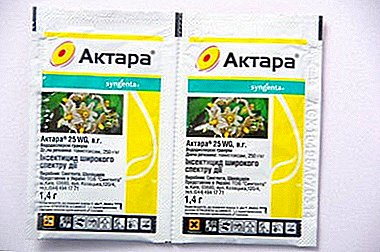 Systemic, they enter the sap of the plant, making it poisonous to the parasite. These are various sprays, such as Rogor and Phosphamide. The most effective are insecticides in which there is malathion and parathion.
Systemic, they enter the sap of the plant, making it poisonous to the parasite. These are various sprays, such as Rogor and Phosphamide. The most effective are insecticides in which there is malathion and parathion.- Intestinal. They enter the body of the parasite through the mouth. The most common drugs "Aktellik", "Aktara", "Nurell-D".
- Contact. They enter the body of the pest through the skin surface. The most effective means in this direction is "Spruzit-AESchadlingsfrei". After treatment of the flower with this tool it should be left in the sun. No re-processing is required.
Folk remedies
Pests do not like carnival, they are sprayed with a flower. It is prepared like this:
- Mixed 2 tbsp. l olive oil with a liter of water.
- The liquid is poured into the sprayer, with which the orchid is processed.
Another remedy for parasites is an alcoholic solution with soap. It is prepared from 15 g of liquid soap, 10 ml of denatured alcohol and one liter of water. You must know that this tool does not apply to the treatment of orchids with thin leaves.
Step-by-step instructions on what to do
If the foliage withered
If the leaves have wilted, you will need the following measures:
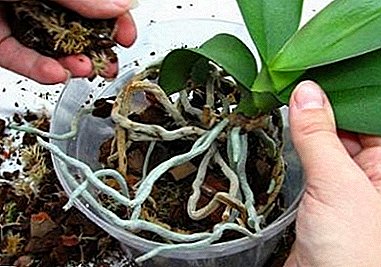 First you need to examine the leaves of the orchid, then eliminate the cause of wilting. For example, stop the use of fertilizers, means to stimulate growth, check the level of humidity, ventilation of the air in the room with an orchid.
First you need to examine the leaves of the orchid, then eliminate the cause of wilting. For example, stop the use of fertilizers, means to stimulate growth, check the level of humidity, ventilation of the air in the room with an orchid.- If parasites are found, the flower is treated with the necessary means, and then transplanted into a separate pot with completely new soil.
- If the overheating of the plant is to blame for drying and wilting of the leaves, then it is necessary to take the orchid to a room where the air temperature is + 17 ... +24 degrees. And the lighting should be bright, but scattered. Watering is not required until the flower cools to normal temperature.
- If the humidity is lowered to below 50%, then an electric humidifier is installed. Or more often spraying of the whole plant is carried out, while you need to try not to fall on the flowers themselves. This is done with the help of a spray bottle, into which warm and soft water is poured.
If the plant overheated, you need to perform the following steps:
- The plant is removed into the room to the temperature gradually equalized.
- Then regularly need to spray the orchid, moisten its leaves, wiping them with a wet rag and water.
- It is required to look after a new place for a flower where re-overheating will not occur.
Became lethargic and yellow
Reference! If the process of withering and yellowing of leaves has just begun, then pruning of damaged elements (leaves, roots and whiskers) is done.
The leaves may dry and turn yellow due to the dried substrate. Check is not difficult: you need to move the plant in a pot, dry soil will not allow him to move. In this case, the orchid is filled with water and left for 1 hour. After that, the flower is painlessly removed from the container and its root system is examined. If the roots are healthy, they will be greenish in color and elastic in structure.
The white color of the roots indicates that the root system needs additional hydration. But shriveled brown shriveled roots say that their function has long lost its meaning. Sliding brown, yellow or red branches of the roots indicate their rotting. What to do to get rid of rotten roots:
- All dead roots are cut with a sharp sterile knife to the most vivid place.
- The cut place is treated with cinnamon or charcoal powder.
- Then the orchid is transplanted into a new substrate.
Prevention
In order for an exotic beauty to grow and be pleasing to the eye, it is necessary to create comfortable conditions for her:
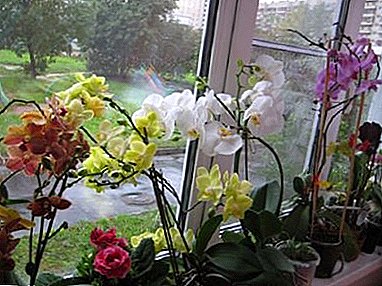 Scattered sunlight.
Scattered sunlight.- Air temperature should be within + 17 ... +24 degrees Celsius.
- Humidity in the room should be 70-80%.
- The substrate is selected correctly, it is better to buy already ready in the store.
- Compliance with watering.
To know about the condition of the orchid, it is better to plant in transparent containers with holes. So you can adjust the watering of the plant. Watering is needed after the roots turn green to white. Holes are needed so that excess water in the pot does not stagnate, and the roots receive oxygen.
Regular transplantation is also important, with full replacement of the substrate.
Important! When watering and spraying, use only warm and clean water. Tap water is desirable to first defend, and then boil.
Do not overdo it with dressings. If the orchid was purchased in the store, then the first 1.5-2 months, it does not need fertilizing, then special fertilizers are used, which are diluted slightly more than what is indicated in the instructions.
Orchid is quite capricious plant. Therefore, in order to grow it and enjoy the flowering, you need to carefully monitor it. At the first signs of leaf wilting, you should immediately take all possible measures to eliminate the cause of this process.


 Systemic, they enter the sap of the plant, making it poisonous to the parasite. These are various sprays, such as Rogor and Phosphamide. The most effective are insecticides in which there is malathion and parathion.
Systemic, they enter the sap of the plant, making it poisonous to the parasite. These are various sprays, such as Rogor and Phosphamide. The most effective are insecticides in which there is malathion and parathion. First you need to examine the leaves of the orchid, then eliminate the cause of wilting. For example, stop the use of fertilizers, means to stimulate growth, check the level of humidity, ventilation of the air in the room with an orchid.
First you need to examine the leaves of the orchid, then eliminate the cause of wilting. For example, stop the use of fertilizers, means to stimulate growth, check the level of humidity, ventilation of the air in the room with an orchid. Scattered sunlight.
Scattered sunlight.